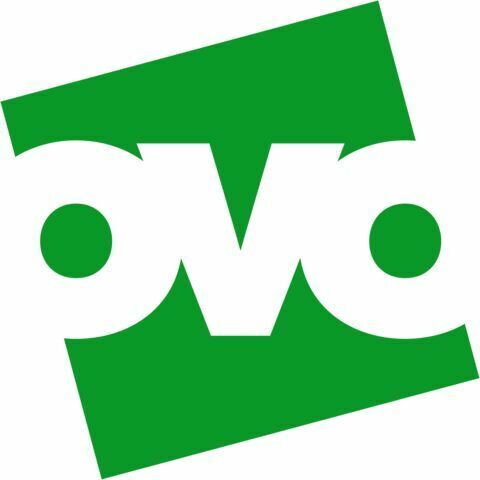Not sure but with all the issues consumers are having with smart meters, of all energy suppliers and not all problems are the fault of energy companies including OVO meters, has it been considered that there must be many faulty meters issued. Is it a case of a more rigorous quality control regime be introduced by the manufacturers?
Should there be more rigorous industry control for smart meters
Log in to the OVO Forum
No account yet? Create an account
Enter your E-mail address. We'll send you an e-mail with instructions to reset your password.








